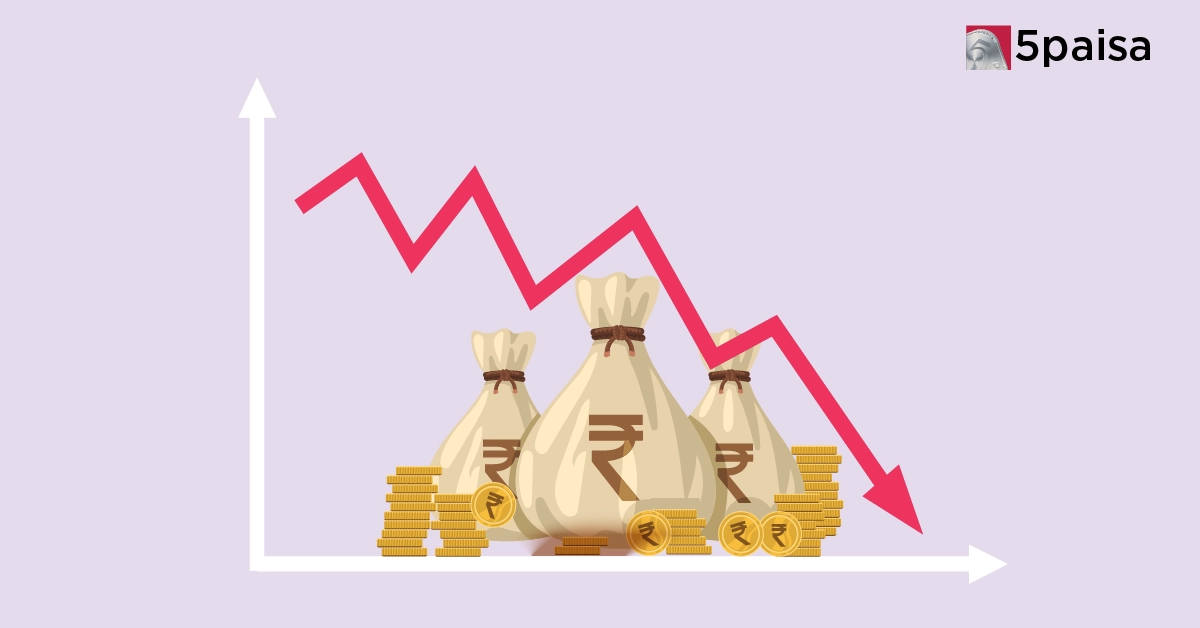SIF vs Mutual Funds: How Do They Differ Strategy, Flexibility, and Risk?
What is a Blend Fund?

Last Updated: 28th December 2023 - 03:03 pm
Financial planners and mutual fund advisors often recommend following a strategy of diversification to create long-term wealth. This diversification means not only investing in a variety of assets such as gold, real estate, stocks, mutual funds and bonds, but also spreading your investments within a particular asset class.
So, stock market investors, for instance, shouldn’t put all their money in one company or even one sector. Instead, they are advised to build a portfolio of stocks from multiple sectors.
Similarly, mutual fund investors are often advised to not invest in just one scheme or multiple schemes in the same category but instead choose a handful of schemes from different categories based on market capitalization, investing strategies and other factors. This is where a blend fund, or a blended fund, can come in handy.
Blend Funds meaning
Fund houses offer hundreds of schemes across dozens of categories. These categories are based on several parameters such as asset class (equity, debt and hybrid), market capitalization of stocks (large-cap, mid-cap and small-cap), actively managed schemes versus passively managed index funds, and so on.
Fund houses choose stocks for each scheme based on these parameters and their broader investment philosophy—whether they prefer growth stocks or value stocks or a mix of both, and how and when to switch the strategies.
For example, after the March 2020 market crash, the rapid rebound was led by growth stocks, which refers to companies whose share prices are expected to rise more quickly than their peers. But after the markets had rallied quite a bit, schemes that followed a value investing theme, which focuses on undervalued stocks, performed better.
A blend fund typically refers to a scheme that invests in a mix of growth stocks and value stocks. In other words, it follows a mix of growth investing as well as value investing strategies.
How do blend funds work?
Blend funds seek to strike a balance between two varying investing styles—growth investing and value investing. To begin with, the fund manager or the fund management team can specify the proportion of growth stocks and value stocks in the fund’s portfolio. This means they will have to search both for stocks with high-growth potential and stocks that are undervalued but have strong fundamentals.
The main aims of blend funds are to diversify investments, mitigate risks and benefit from different market cycles.
Types of blend fund Investments
A fund house can create different types of blend funds based on market capitalization and other factors. So, for instance, a large-cap blend fund will have both growth and value stocks from the large-cap universe. Similarly, a mid-cap or a small-cap blend fund will have such stocks from their respective segments.
The fund manager can also create a blend fund that combines not just the two investing strategies but also chooses stocks from across the large, mid and small-cap segments.
Also, while blend funds typically refer to equity schemes, these could also be created for fixed-income investments. A fund house, for instance, can create a blend fund that mixes various debt instruments of different maturities, yields and risk profiles.
Factors to consider before investing in blend funds
Like any other investment, a person seeking to put their money in blend funds must first clearly define their goals, their asset allocation plan as well as their risk-taking ability and appetite. Since blend funds are meant to perform across market cycles, investors should ideally have a long-term horizon for investing in such schemes.
Also, blend funds usually invest only in equities. So, only those investors that have a higher risk appetite should consider these funds. Conservative investors or those with a moderate risk appetite should consider hybrid funds, which invest both in equity and debt.
Conclusion
Blend funds combine growth and value investing strategies with an aim to diversify the portfolio, minimize the risk and generate positive returns across market cycles. This makes such funds a good investment option.
But like any other investment, mutual fund investors should do their due diligence before committing capital. They should identify clear investment goals, stick to their asset allocation plan, and analyze the performance of blend funds as well as other options, and be aware of the advantages and disadvantages of such schemes before investing.
Frequently Asked Questions
How can I choose the right blend fund for my investment goals?
Who should avoid blend funds?
How do taxes and regulations affect my blend fund investments?
- ZERO Commission
- Curated Fund Lists
- 1,300+ Direct Funds
- Start SIP with Ease
Trending on 5paisa
Mutual Funds and ETFs Related Articles
Disclaimer: Investment in securities market are subject to market risks, read all the related documents carefully before investing. For detailed disclaimer please Click here.

 5paisa Capital Ltd
5paisa Capital Ltd



